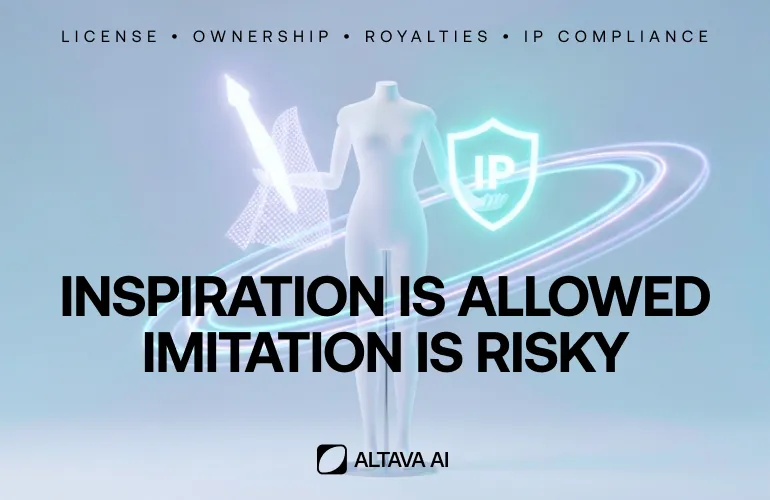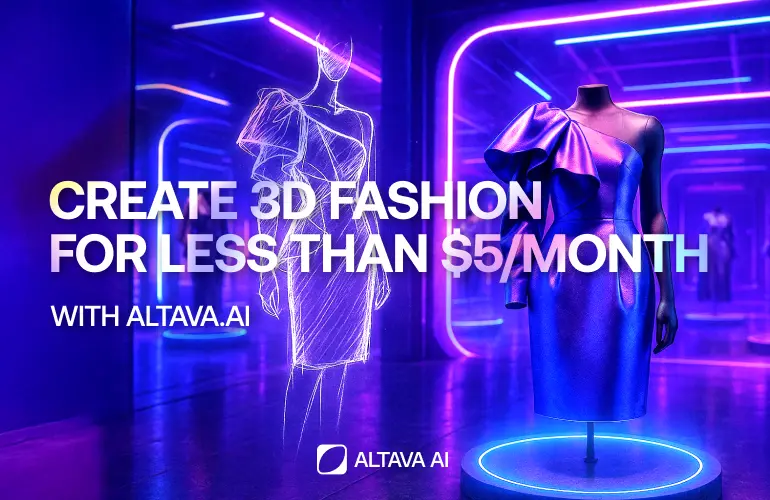What is UGC?
Discover what user-generated content (UGC) means and how it has evolved. What makes it special, and how does it work on platforms like Roblox?
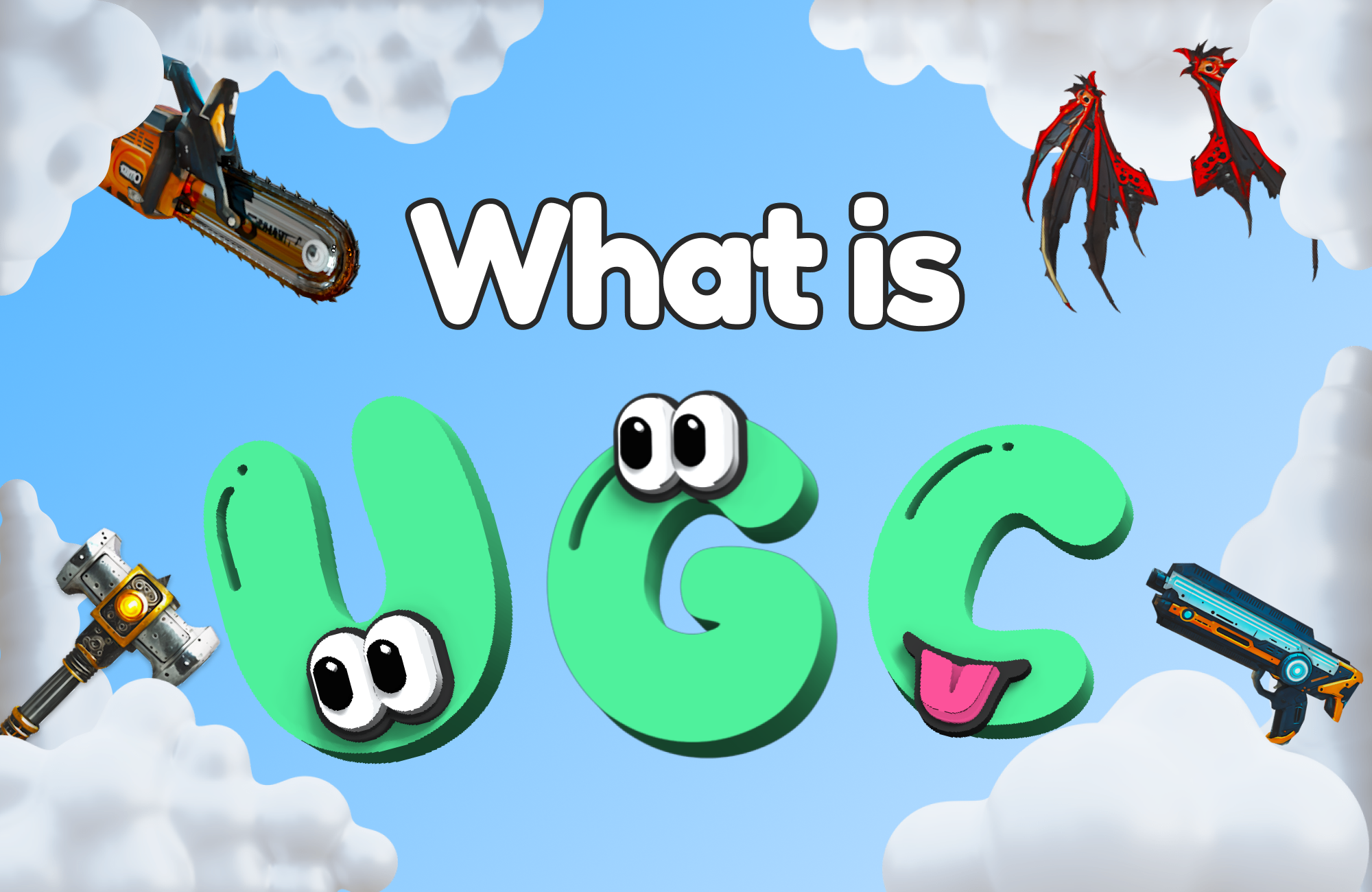
UGC stands for User-Generated Content, a term widely used to describe any type of content created by users—whether it’s text, images, videos, or even virtual products. UGC includes everything from casual social posts to game assets and digital fashion, blurring the line between creator and consumer. Customer reviews, YouTube videos, Wikipedia articles, and user-made items in Roblox are all common examples of UGC.
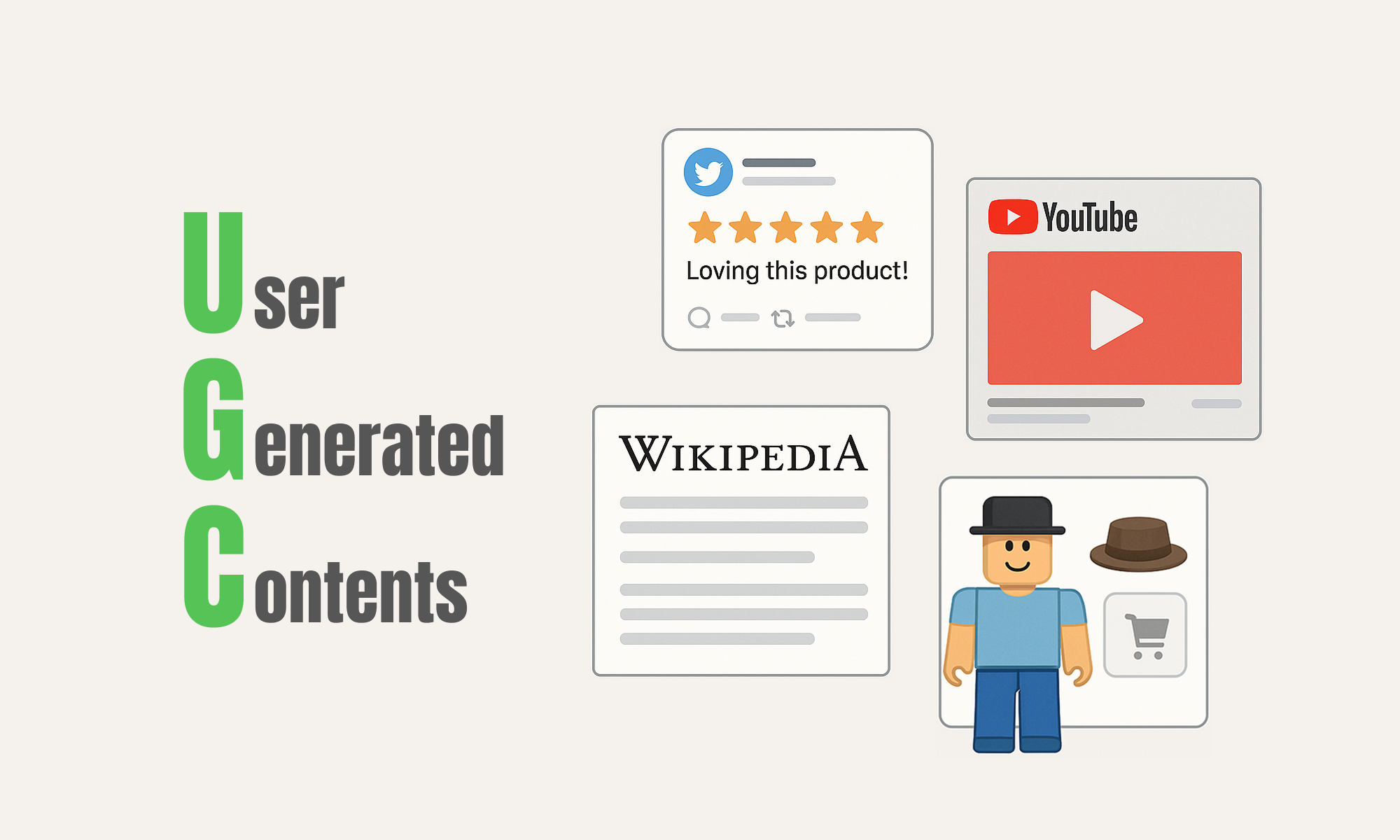
The Origin of UGC
The question of what qualifies as the first piece of user-generated content has no single answer. Some consider scientific letters published in journals (17th century) and “letters to the editor” found in early newspapers (18th century) to be among the earliest forms of UGC. (source: International Journal of Communication)
However, UGC as we know it today began to take shape in the early 1990s, with the rise of the internet and the introduction of web browsers. In 1991, the first web browser—WorldWideWeb—was released. This was followed by Mosaic in 1993, the first browser to display images alongside text. These breakthroughs gave ordinary users the technical possibility to share their own content online, not just consume it.
The mid-1990s saw the launch of platforms like Geocities, Tripod, and Angelfire—free website-building services that required no coding knowledge. Users could easily create personal homepages and fill them with photos, diaries, links, and even guestbooks. This marked the beginning of widespread user participation in online content creation.
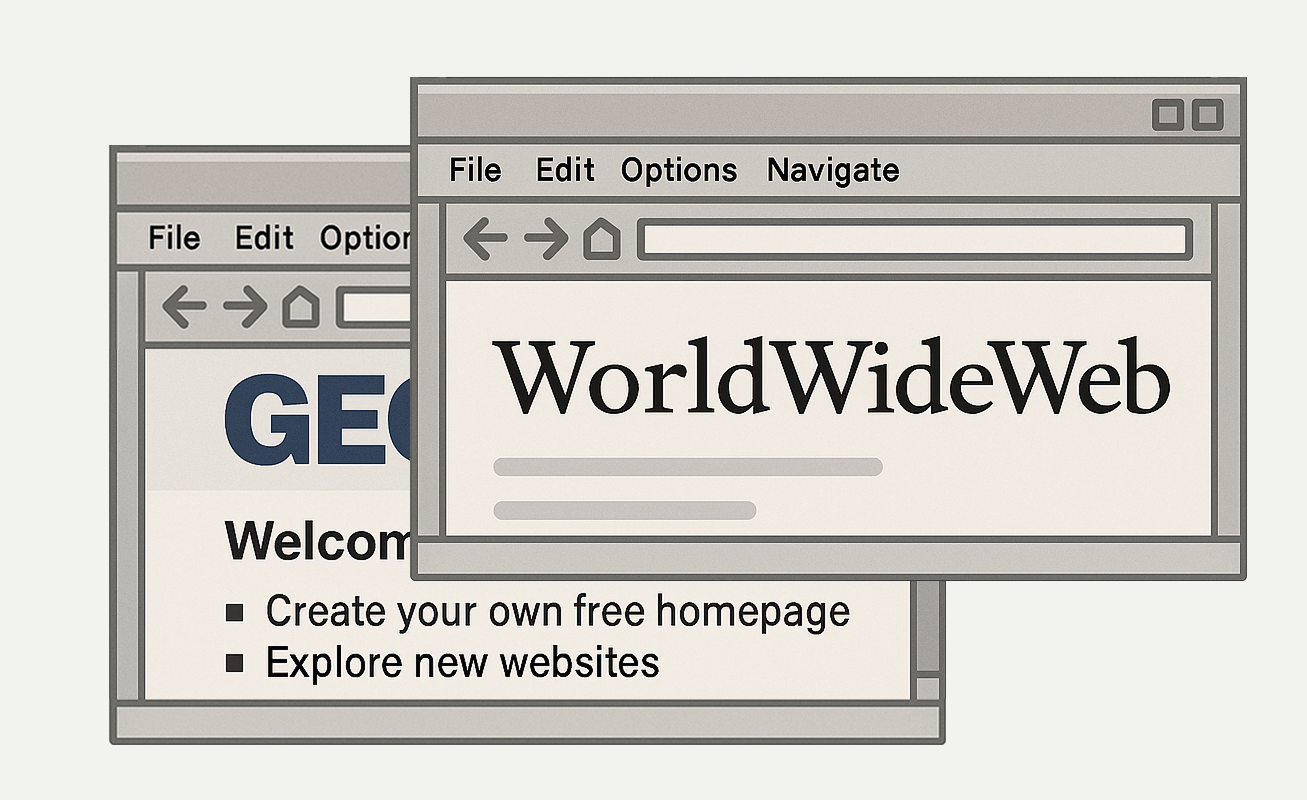
The Rise of Participatory Platforms
User-generated content had been created since the 1990s. However, it wasn’t until the emergence of participatory platforms in the 2000s that it exploded in volume and significance. Sites like YouTube, Flickr, Blogger, and Wikipedia were early pioneers in building systems where users—not companies—produced the primary content.
These platforms introduced a radically new model: the idea that a service could thrive without generating its own content. Instead, it would provide tools and infrastructure for users to create, upload, and share, forming a self-sustaining content ecosystem.
UGC Today: The Core of Modern Platforms
The rise of social media platforms like Facebook, Twitter, and Instagram accelerated the dominance of UGC in the digital landscape. Today, it is not just a feature—it is the foundation of many businesses and platforms.
From a marketing standpoint, UGC holds unique power due to its authenticity and relatability. For entertainment platforms, it often serves as the core content. One of the clearest examples of this is Roblox. Roblox stands out as one of the most UGC-driven platforms, where the entire ecosystem is shaped by the creativity of its users.
User-Generated Content on Roblox
In a broader sense, UGC on Roblox goes far beyond user-created avatar accessories. It includes everything users create—from items to immersive in-game experiences. In fact, Roblox is largely driven by UGC. Players interact with worlds built by users and customize their avatars with items created by others. Most of what you see in Roblox—from the games to the avatar items—is created by users, not by Roblox itself.
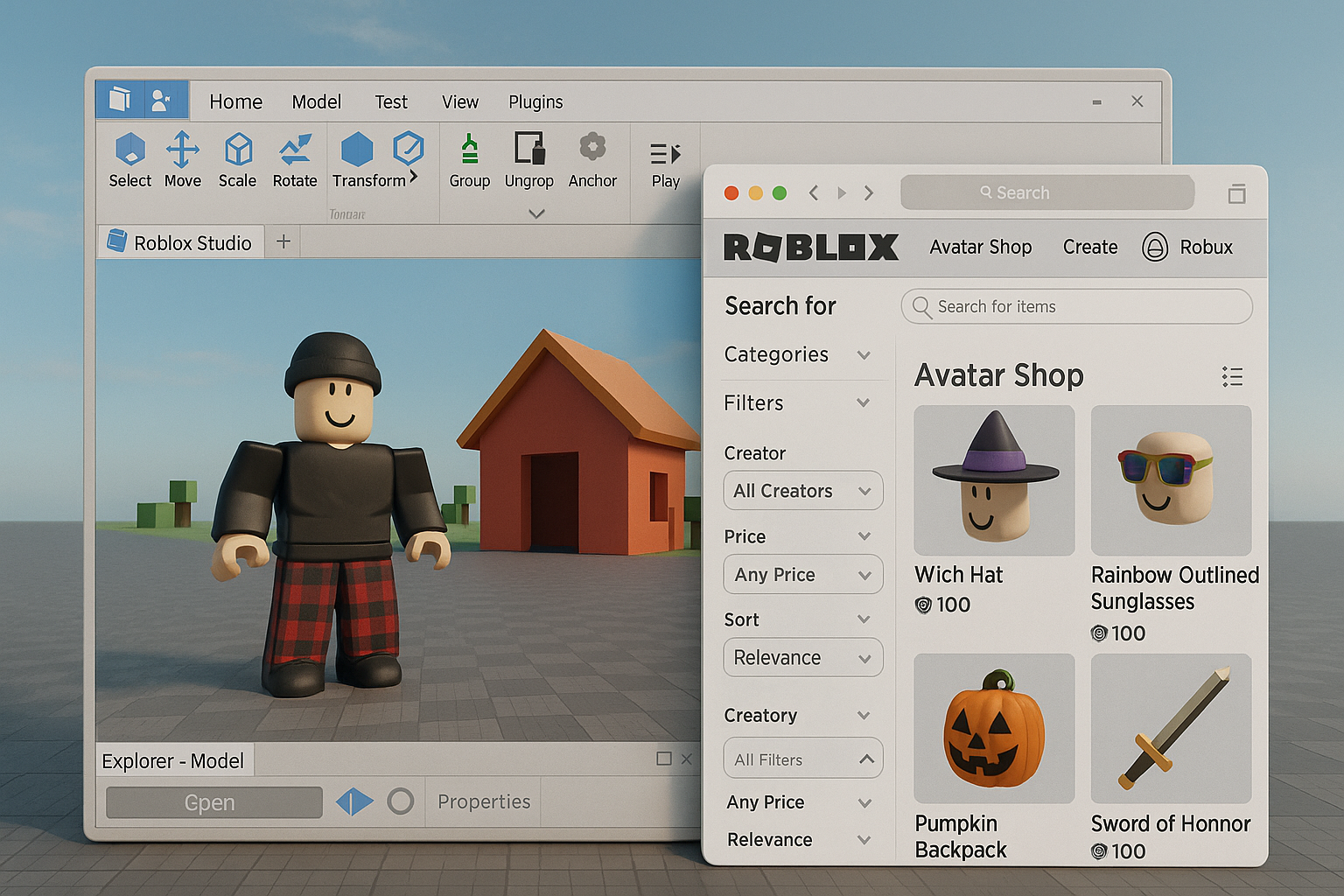
This entire ecosystem became possible because Roblox intentionally designed a system that financially incentivizes users to create high-quality UGC. Roblox offers creators three primary ways to earn Robux, the platform’s virtual currency:
(1) Selling avatar items through the marketplace
(2) Earning revenue from in-game purchases made by players
(3) Receiving engagement-based payouts when premium users spend time in their experiences.
In turn, these earnings can be converted into real-world currency through Roblox’s Developer Exchange (DevEx) system.
Now It's Your Turn
In the past, Roblox managed UGC creation through a selective UGC Creator Program, where only a small group of approved users were allowed to create and sell 3D avatar items. As a result, general users were limited to selling only 2D clothing items such as T-shirts, Shirts, and Pants, which are now known as "classic" items.
However, in 2024, Roblox expanded UGC creation and sales privileges—allowing all verified users to publish and sell 3D avatar items. This shift significantly lowered the barrier to entry, empowering anyone with creativity to become a UGC creator. Moreover, thanks to advancements in design tools and AI, creating UGC is now easier than ever. Aspiring creators no longer need expert-level 3D skills—they just need an idea and the right platform.
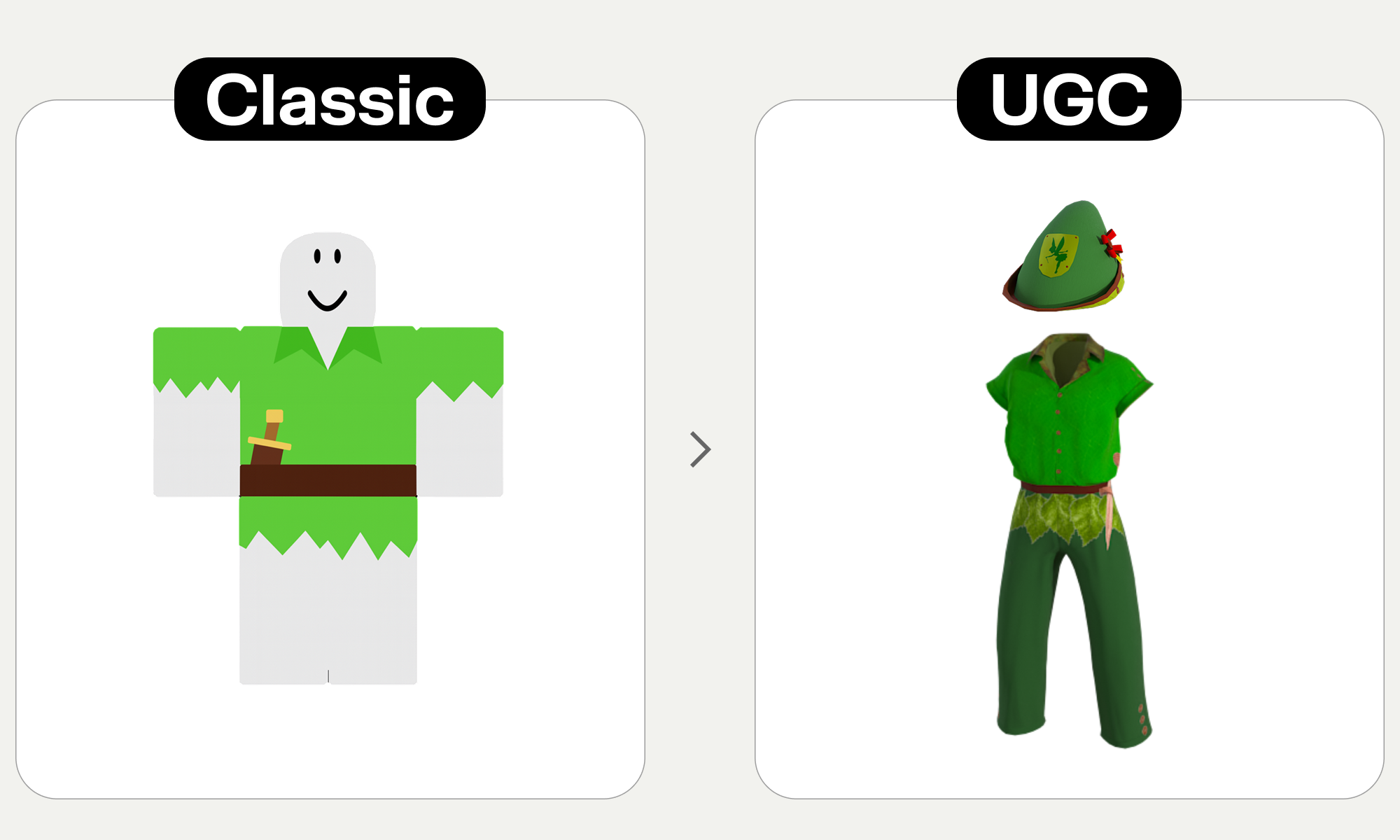
Get Started with ALTAVA AI
To help new creators break into the world of UGC, platforms like ALTAVA AI provide intuitive tools for designing and publishing avatar items. Whether you’re crafting something for yourself or hoping to build a brand, ALTAVA AI lets you easily bring your vision to life—even if you’ve never modeled in 3D before.
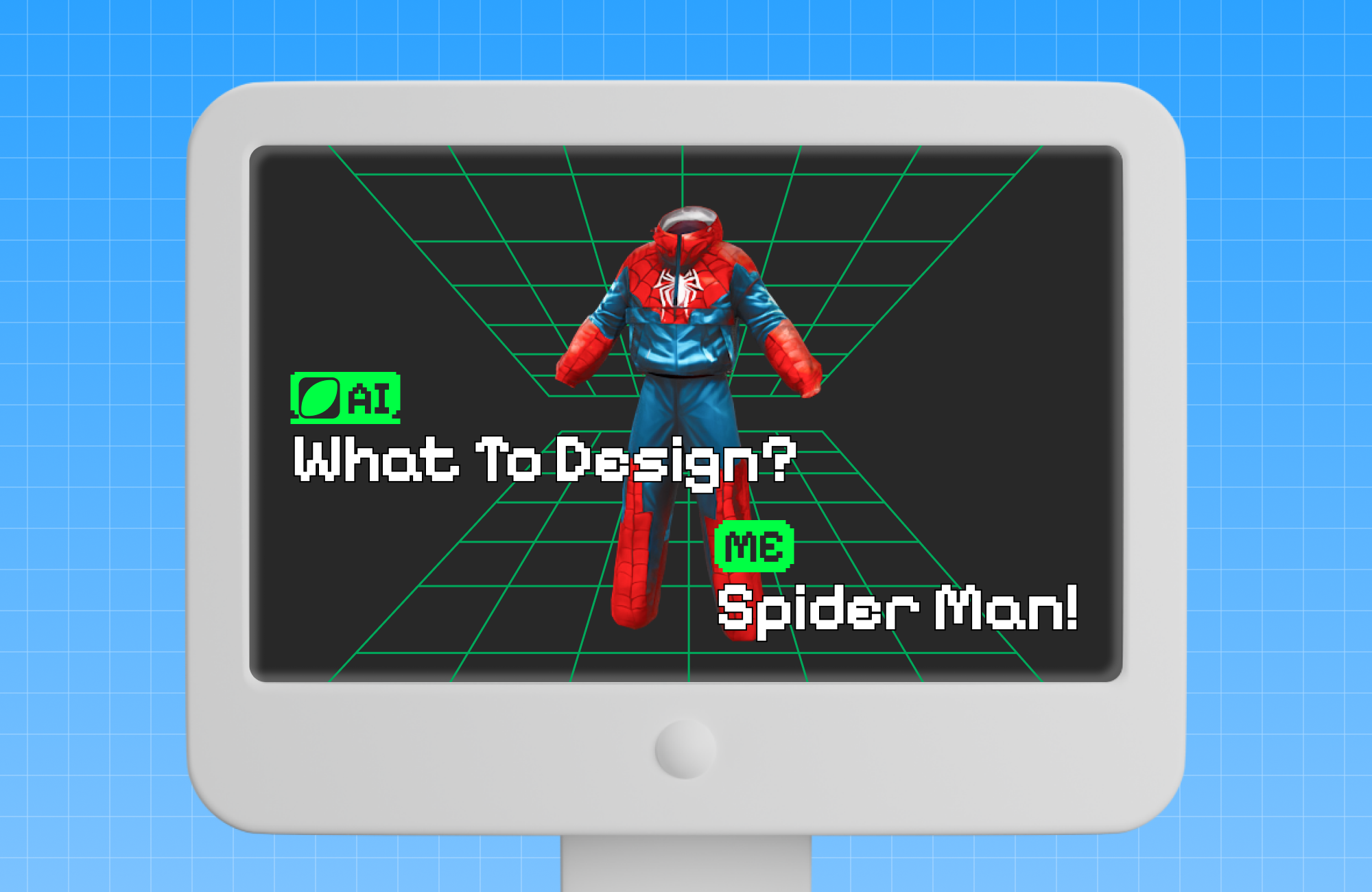
Start creating your own designs with ALTAVA AI and become a UGC creator today. Creativity has never been more accessible.
